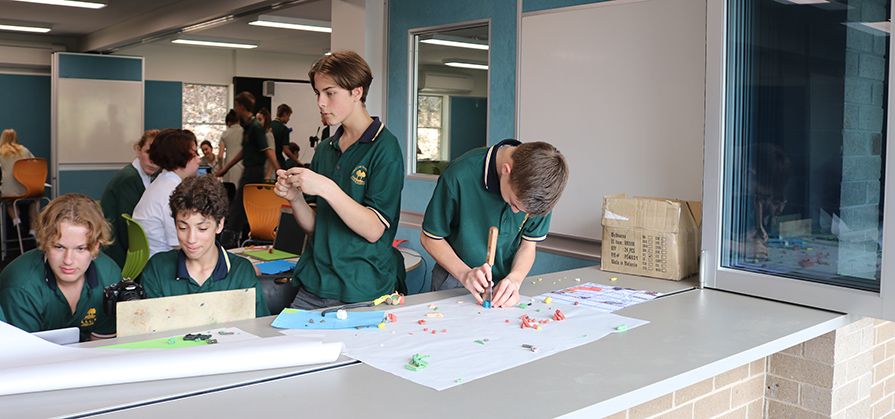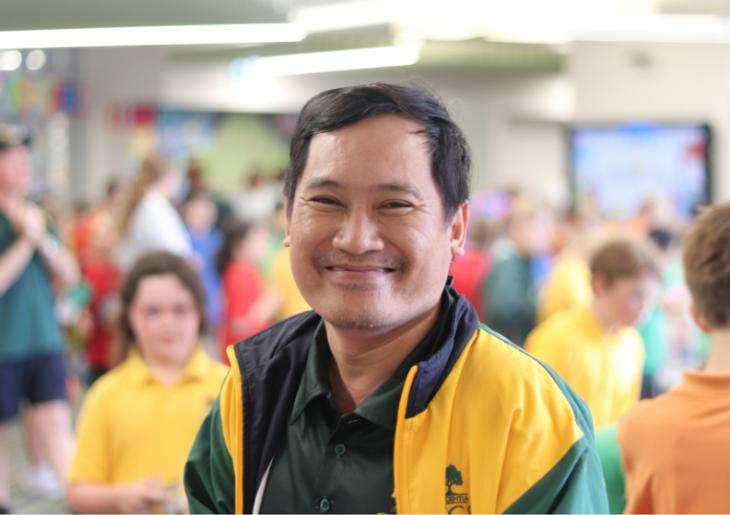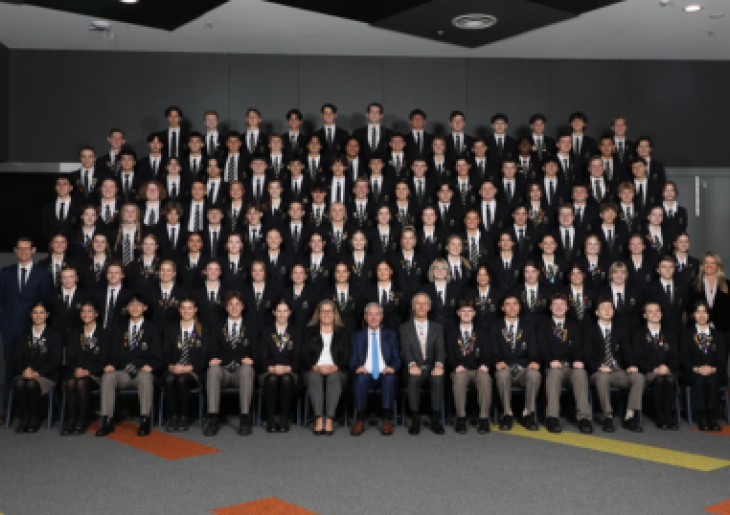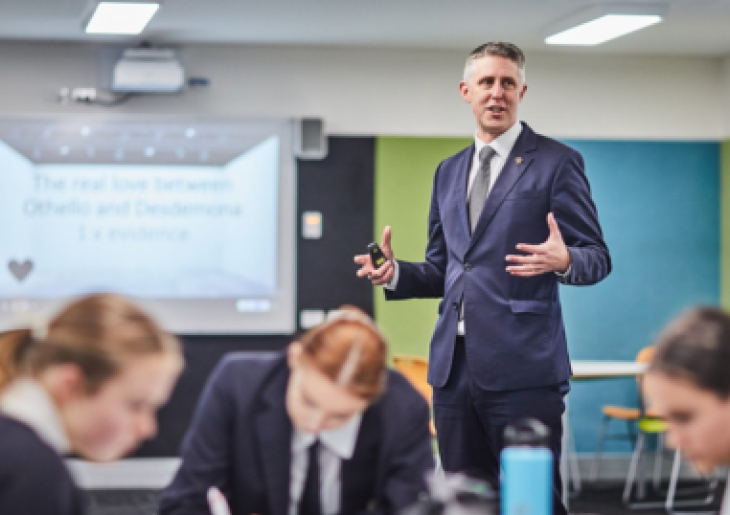Year 8 English gets animated
Claymation creation
It might look like child’s play, but our Year 8 English students proved it’s anything but, combining modelling clay, digital technology, and narrative to create their own film quality stop motion animation.
Digi Ed, specialists in Claymation digital animation, gave students a run down on stop motion animation techniques during the immersive course. An initiative of CCGS English, the course is designed to help students develop a cross section of skills in technology, film literacy and understanding narrative.
With no pre-planned narratives, or previous experience in Claymation, students had just one school day to create an animation from start to finish, including uploading the videos to be viewed by classmates and teachers. Students grabbed the challenge (and clay!) with both hands, working together in small groups to plan and create professional animations.
A man-eating pumpkin and other plot twists
Swamp monsters, wacky wizards, and romantic snails were just some of the features of the students’ original plots. Student Hannah Leggett’s team produced a quirky animation involving a man-eating pumpkin. “We came up with our story because it was near Halloween and we wanted to do something that would fit with that theme,” said Hannah.
“After planning our story, we made our clay shapes, and then made a background for them so we could take the photos of the different movements of the clay for our story. We took around 350 photos!” said fellow team member Ella Winn.
Students also chose music, added sound effects and refined all the digital elements of their animations resulting in a professional production.
Opportunities for integrated learning
Head of English, Kate Tracy said budding film makers gained a deeper insight into how narrative works during the course.
“Students were able to understand the internal logic of a narrative and see a well-structured, cohesive story through from beginning to end. The program also informed students’ capacity to analyse film and get a better understanding of film language, develop film literacy, and work with framing, shot lengths and mise-en-scene in their compositions.
“Groups were mixed ability and all members worked wonderfully together, learning soft skills such as collaboration and compromise. It also challenged students adhered to the commercially recognised ‘Fed-Ex’ concept of delivering a product in a specific timeframe,” said Kate.
“I definitely felt proud of our product at the end. We got to create our animation every step of the way - it really was our own project. I would love to do it again!” said Hannah.




